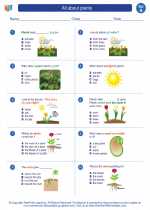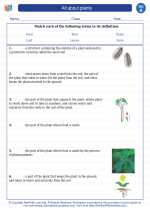Foam
Foam is a substance that is formed by trapping pockets of gas in a liquid or solid. It can be created through various processes, such as whipping, frothing, or bubbling. Foam can be found in many everyday items, such as soap bubbles, whipped cream, and insulation materials.
Properties of Foam
- Porosity: Foam has a high degree of porosity, which allows it to trap and hold air or gas within its structure.
- Flexibility: Foam is often flexible and can be molded into different shapes and forms.
- Lightweight: Due to its high porosity, foam is lightweight and can float on water.
- Insulating properties: Foam can act as a good insulator, making it useful for applications in insulation and packaging materials.
Types of Foam
There are different types of foam, each with its own unique properties and uses:
- Polystyrene foam: Commonly used for packaging and insulation due to its lightweight and insulating properties.
- Polyurethane foam: Often used in furniture cushions, mattresses, and as insulation in buildings.
- Latex foam: Known for its resilience and support, often used in mattresses and pillows.
- Protein-based foam: Found in food products such as whipped cream and meringue.
Applications of Foam
Foam has a wide range of applications in various industries:
- Insulation: Foam is used as insulation in buildings, refrigerators, and other appliances to reduce heat transfer.
- Packaging: Foam packaging materials protect fragile items during shipping and handling.
- Comfort products: Foam is used in mattresses, pillows, and furniture cushions to provide comfort and support.
- Food industry: Foam is used in food products such as whipped cream, mousses, and desserts.
Study Guide
Here are some questions to help you study and understand the topic of foam:
- What is foam and how is it formed?
- What are the properties of foam?
- What are the different types of foam and their uses?
- What are some common applications of foam in everyday life?
- How does foam contribute to insulation and packaging materials?
Use these questions to guide your study and research on foam. Understanding the properties and uses of foam can help you appreciate its significance in various industries and everyday products.
.◂Science Worksheets and Study Guides First Grade. All about plants
Study Guide All about plants
All about plants  Worksheet/Answer key
Worksheet/Answer key All about plants
All about plants  Worksheet/Answer key
Worksheet/Answer key All about plants
All about plants  Worksheet/Answer key
Worksheet/Answer key All about plants
All about plants  Vocabulary/Answer key
Vocabulary/Answer key All about plants
All about plants 

 Worksheet/Answer key
Worksheet/Answer key
 Worksheet/Answer key
Worksheet/Answer key
 Worksheet/Answer key
Worksheet/Answer key
 Vocabulary/Answer key
Vocabulary/Answer key

The resources above cover the following skills:
Concepts of Life Science (SC1, SC2, SC3)
The student demonstrates an understanding of the structure, function, behavior, development, life cycles, and diversity of living organisms by observing and comparing external features of plants and of animals that may help them grow, survive, and reproduce.